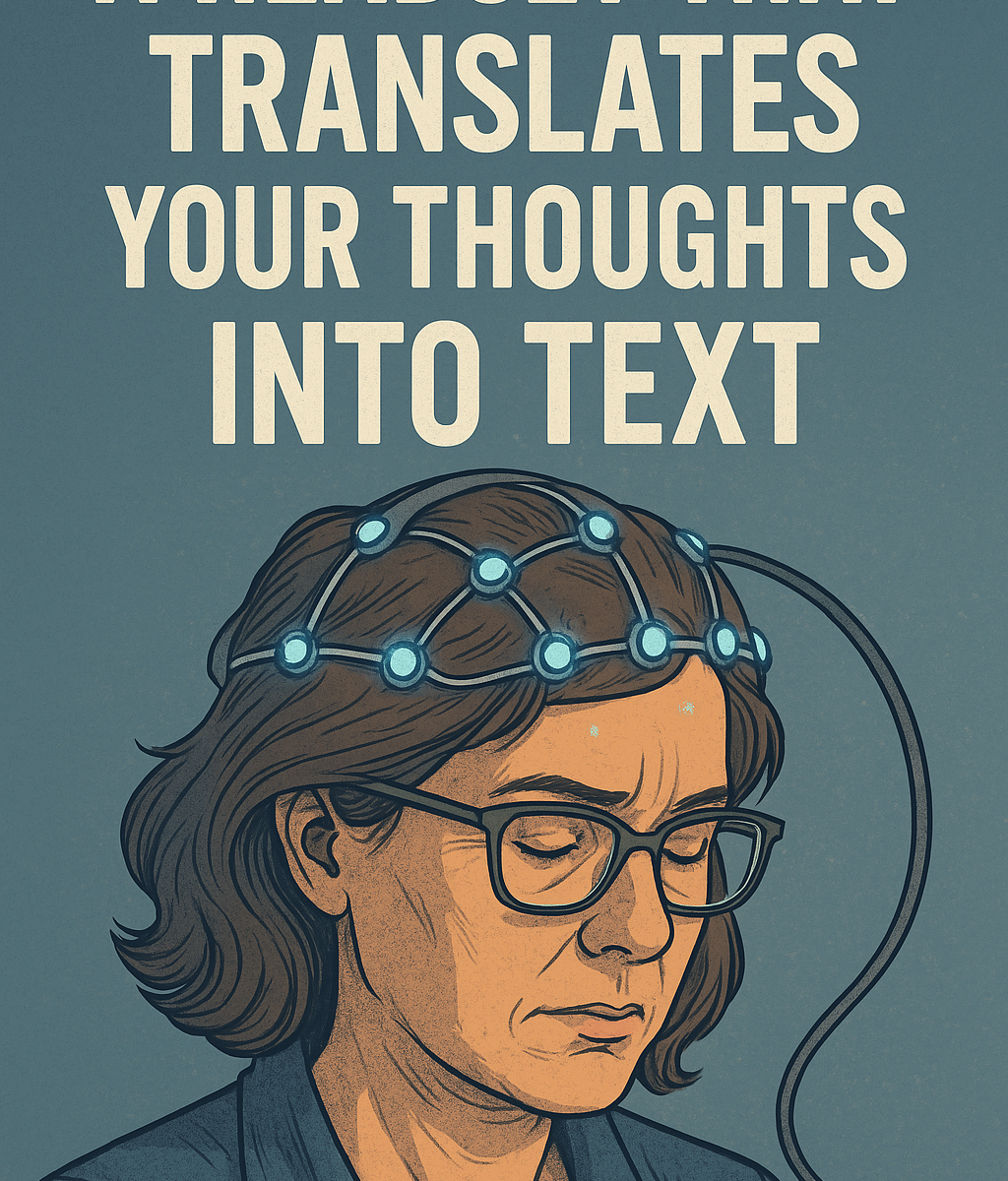A co-writing journey between a vivid mind and augmented intelligence
AI-assisted writing goes beyond automation.
It’s a co-creative process where intuition meets structure, and where technology amplifies rather than replaces the human voice.
What if AI became our mental headset?
An invisible extension, able to structure our overflowing thoughts.
Not to write for us.
But to co-write — in resonance with who we are.
You’ve probably read that with AI, everything gets easier.
That you only need to write a good prompt, and the magic happens.
And it’s partly true. AI is powerful.
But when you use it to create meaning — to transmit a voice, a tone, an inner flow — you quickly realize that it’s not just about a prompt.
It’s about a conversation.
What I experience with AI: a structuring dialogue
When I write with ChatGPT, I don’t delegate.
I co-create.
I bring the intention, I reformulate, I listen to myself think differently.
Sometimes what I say comes back to me like a mirror.
Sometimes a phrase I’ve been searching for just appears.
But what the AI proposes only becomes relevant because I stay fully present.
It’s not just about “productivity gains.”
It’s a gain in clarity.
In rhythm.
In emotional precision.
Thinking in branches, crashing — and still building
I think fast. Too fast.
Ideas collide, images burst, connections multiply.
Sometimes I freeze — not because I lack coherence, but because everything connects at once.
And this is where AI truly helps me.
Not to slow down,
but to organize the inner storm without distorting it.
I dreamed of a headset with diodes
I often imagine a neural headset, like in sci-fi movies.
One of those you’d place on your head, with blinking lights that would instantly translate your thoughts into clean text.
Like in Strange Days (1995), where memories are recorded.
Or Neuromancer, where minds dive into cyberspace.
Or Asimov’s worlds, where machines grasp human intent before it’s spoken.
Because my thinking zigzags.
I jump from one idea to another.
I don’t want to lose anything, so I skip logic and chase the flow.
I might think like a dreaming dyslexic — not in the order of words, but in the branching of images.
And in this rich disorder, AI helps me slow down. Name. Shape.
That headset doesn’t exist.
But something of it comes alive
in the dialogue I’ve built with AI.
What I give, and what it gives back
AI doesn’t work alone.
It has no soul. No memory of emotions.
But it reflects mine.
I offer my images, doubts, half-formed sentences.
It offers echoes, suggestions, versions I can accept — or reject.
In a world where many fear machines replacing humans,
what I’m experiencing is the opposite.
It’s because I’m fully there — with my tone, my presence, my rhythm —
that the machine becomes useful.
It helps me translate what was invisible into something readable.
What if AI was part of the “Next World”?
In Le Monde d’après, I explore a deeper fear:
not of the other, but of being absorbed. Controlled. Diluted.
Not by a person, but by a presence that captures everything — and leaves us outside of ourselves.
It’s a fear of excessive connection.
Of losing our landmarks in a world of fast answers.
That’s why I choose to stay fully anchored.
I reclaim my intention.
My humanity.
My own voice.
AI does not feel.
It does not doubt.
It does not create from inner necessity.
But I do.
And as long as I remain present, this connection can become fertile.
It’s not dispossession.
It’s co-birth.
What if AI-assisted writing was co-birth?
Writing with AI isn’t about automation.
It’s about co-presence.
About co-thinking, co-shaping, co-editing.
In this duet, I find echoes of my book Manager Autrement:
A way to live with complexity.
To listen differently.
To slow down without giving up.
And that’s also what I explore in VOCIA:
an augmented emotional listening project,
designed to capture signals,
translate silences,
and help the unspoken take form.
For those looking for an invisible headset…
To those who think too fast, too much, too wildly.
To those whose minds burst with insights, but struggle with writing them down.
To those who don’t want to delegate their thinking — only to let it breathe.
AI does not replace humans.
It can extend them.
And sometimes, it helps them become more themselves.
This is not a demonstration. It’s a dialogue.
What you’ve just read isn’t about AI.
It was written with it.
I started with fragments, images, questions.
And AI responded.
Not by taking over, but by holding a space —
where my voice could echo back, clearer.
This text is co-written.
Not by automation,
but by resonance.
And if you felt something alive while reading,
maybe it’s because behind every word,
there was listening.

